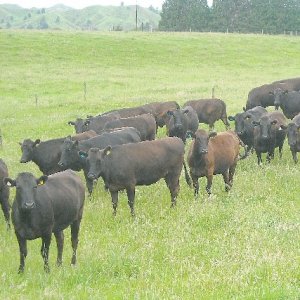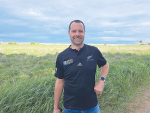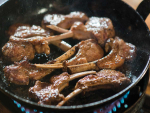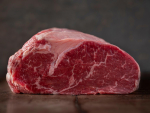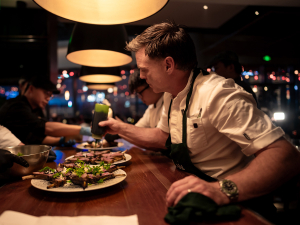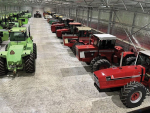NEW ZEALAND has a unique product and the story to go with it, says an innovative marketer.
Gerard Hickey, Firstlight Foods, told farmers at a recent BLNZ field day in Southern Hawkes Bay that New Zealand’s grass-fed Wagyu beef has captured the imagination of affluent consumers in Japan, the US and Europe.
Wagyu beef, famous for its marbling, originates in Japan and is normally reared on grain in feedlots. But Hickey says there is an ‘anti feedlot, anti grain’ move taking place, opening the door for our grass fed, free range Wagyu beef. Firstlight is working with a small, select group of farmers including Maori incorporations, family farmers and breeders finishing grass-fed Wagyu beef.
Hickey says young, affluent consumers want a free range, natural product rather than animals produced in feedlots, which “tend to be associated with antibiotics, hormones and a whole lot of industrialisation”.
“So whereas feedlots may be the future to feed the world, the view is that New Zealand’s ideal customer is someone who wants the story; they want to buy something they know has been well looked after and well grown.”
The success of New Zealand Wagyu has stemmed from a quest for excellence by all involved. Innovation, R&D, product differentiation and a ‘value chain’ approach has made the difference, he says.
New Zealand is selling steers and heifers; no bulls. Cross breeding gives them extra hardiness to cope with New Zealand conditions. They are grass-fed year round and supplemented in tighter feed periods with silage, hay and some crops.
Animals must be finished properly before they are slaughtered otherwise the meat does not marble fully and starts to lose its ‘structure’, Hickey says. Wagyu is genetically predisposed to marbling, but needs good nutrition as well.
Unusual about Wagyu is where the value lies. “Whereas the forequarter of a traditional animal would go to burger meat, the Wagyu has heavy marbling in the forequarter and we make those into premium barbecue cuts which get sold in Japan and Korea. Cuts that from another animal would be ground up for hamburger meat are, in a Wagyu, highly valued for their style of cooking.
“In the US the high value middle cuts are sold to steak houses and specialty restaurants looking for a ‘grass fed story’ and great steak. We also do a range of burgers mainly from the leg end of the animal; much of this goes to Europe.”
Currently about 6000 Wagyu steers and heifers are slaughtered each year, coming from about 15,000 Wagyu beef animals around the country. Hickey says the aim is to lift the herd to about 50,000 in the next few years.

